When in the Kinangop Highlands in September last year, we saw Mt. Eburu at a distance from a vantage point. I wondered if maybe I could hike it one day and what do you know, Nature Kenya organised a hike to that same mountain in December. Read on to catch up on my experience there.
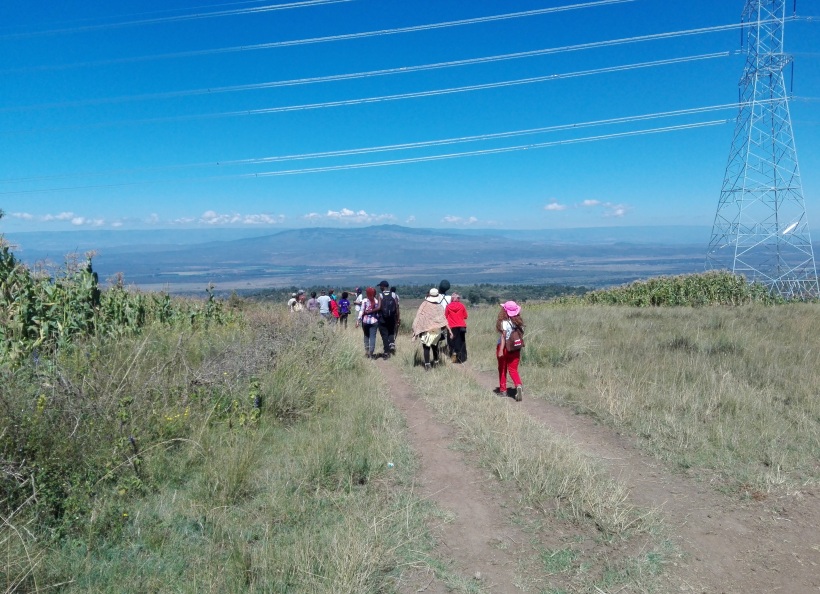
On the morning of the hike I left home while it was still dark because the trip was to start at 7.15 am and I live in a different county, far from the departure point. I looked out the window only to realize it was drizzling- perfect start to the day. At least the motorcycle rider I had called arrived on time to pick me up. I got to the bus stage in a couple of minutes to find an empty bus. Since it was off-peak time I figured it would be a long wait.
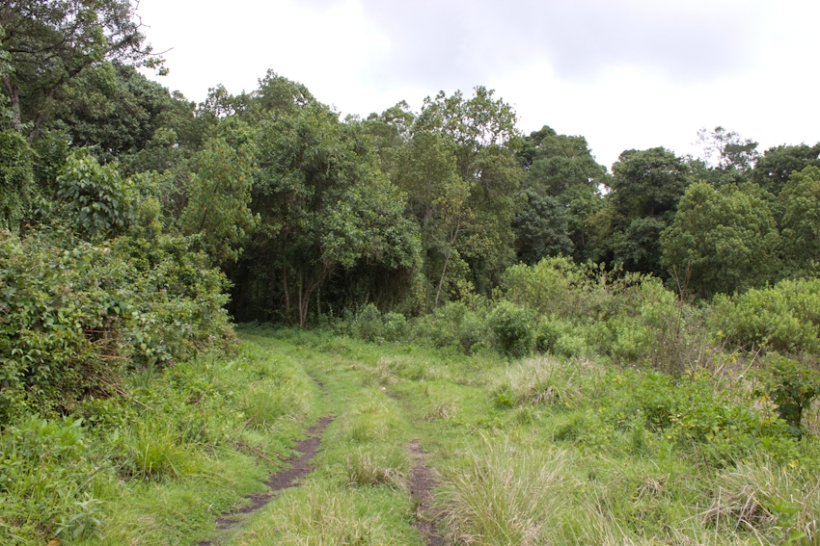
And a long wait it was. I didn’t want to check the time because that would just get me worked up. After what seemed like forever we finally left. The rain didn’t relent, in fact it intensified. So much so that by the time I alighted at Ngara stage there was a flood. I tried to look for good places to walk but there were none. Nairobi is a real pain whenever heavy rain falls. Both my shoes and socks were soaked. Great. I hadn’t even reached the departure point. This day was going to be very long.

Looking at my phone, the time was 7.15. I called someone at the Museum to let them know I was nearby. Nature Kenya trips are done on time and if you’re late without stating where you are, you’ll likely be left. Finally I got to the Museum and I was just like 😑. Wondering how I would manage to hike with soaking wet shoes and socks. Well, I removed them and placed them aside hoping they would be somewhat dry by the time we got to Eburu.
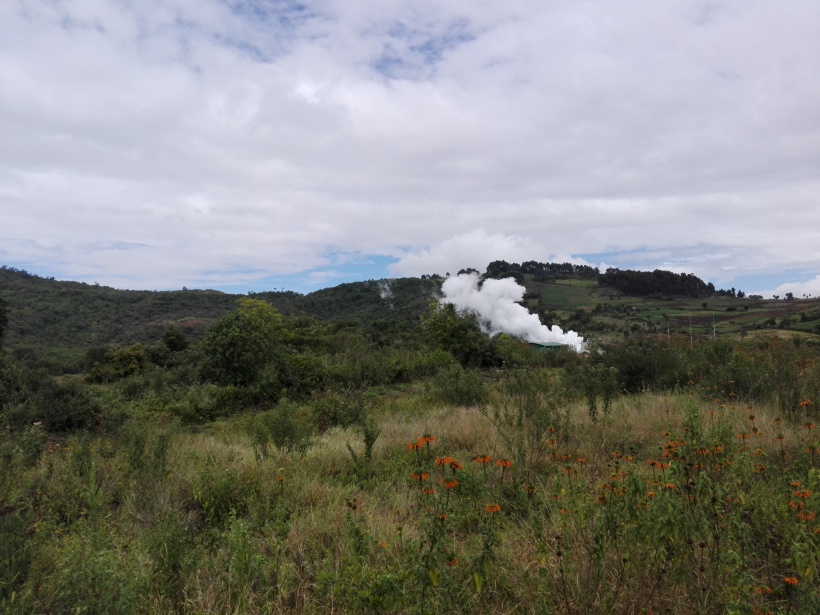
There was a massive traffic jam on the way and would you believe it took us 3 hours to reach Naivasha (or Naiposha as the Maasai call it)? Yet by then my shoes still weren’t dry. After a brief stopover we resumed the journey. To get to Eburu , take the A104 (Nakuru- Nairobi Road) until you get to the turn-off to Morendat Training and Conference Centre. Take the turn till you get to the end of the tarmac. Keep going till you reach a very rough road, following the signs to the Kenya Forest Service Eburu station.

My shoes still weren’t dry. I decided to wear them without the socks and see where this goes. We got off the truck and waited for payment clearance to be done. Golden-winged Sunbirds flew about in large numbers. Soon the head of the KFS station came and briefed us about Eburu Mountain. He informed us that it is a conservation area for the endangered Mountain Bongo. So elusive is this creature that it’s only seen by setting up camera traps. The only people who’ve seen it with their own eyes are the indigenous forest-dwelling people. Imagine that.
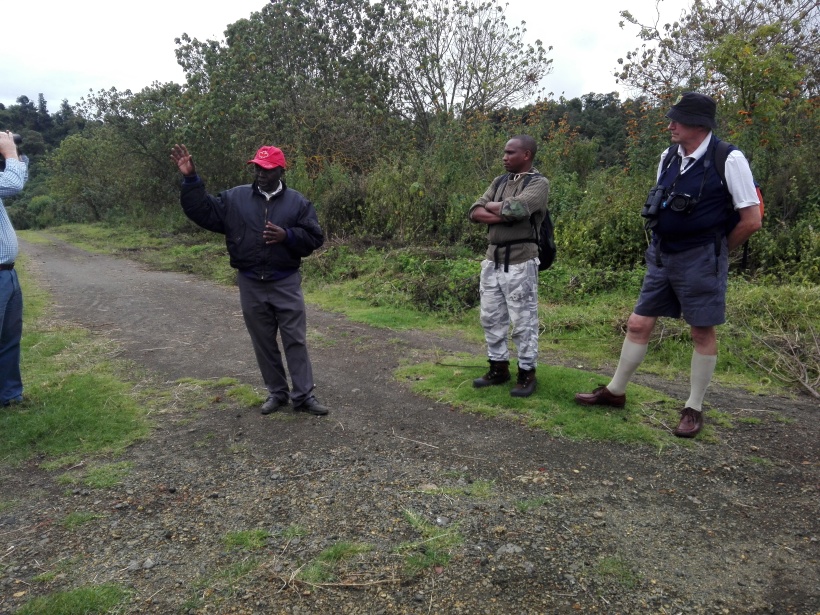
To boost conservation efforts, access to Eburu is restricted- people are allowed to visit, but the number of visitors per year is controlled. It is also home to 188 bird species, news that excited the birders among us. The station officer warned us that the forest gets very cold, and at some point we’d have to use our hands while hiking steep sections. Yet here I was with wet shoes.
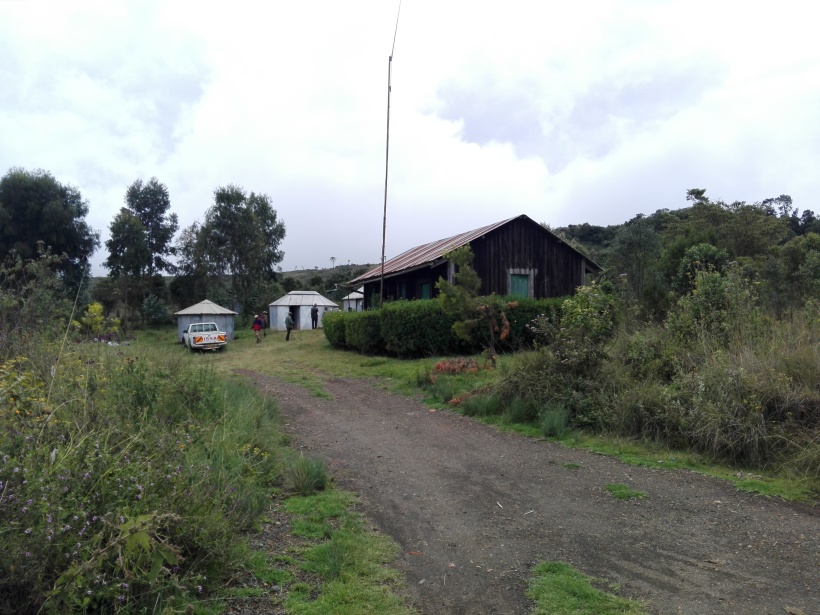
Soon it was time to begin the hike. Eastern Double-collared Sunbirds called out rapidly from the trees. The birders would stop every so often to look at and record the species seen. I had carried my cam to give it a go at shooting, which I hadn’t done since the drowning incident in Nyahururu a few months earlier. To my surprise the cam didn’t give me a hard time as I had thought.
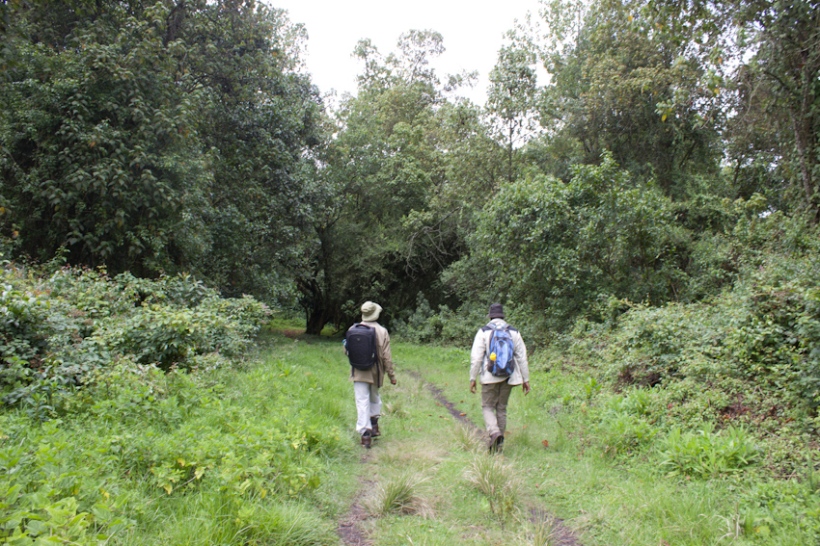
We stopped at a lookout point where Lake Naivasha could be seen, but faintly because of mist. The hike was fairly easy since the trail is well maintained and the inclines are gentle. This was my first forest hike and unlike others, I didn’t even sweat this time. The weather was cool and the air fresh. The thick montane vegetation reminded me of Kilimambogo. At some point the only sound you can hear is of chicada insects and forest birds. An entirely different world.
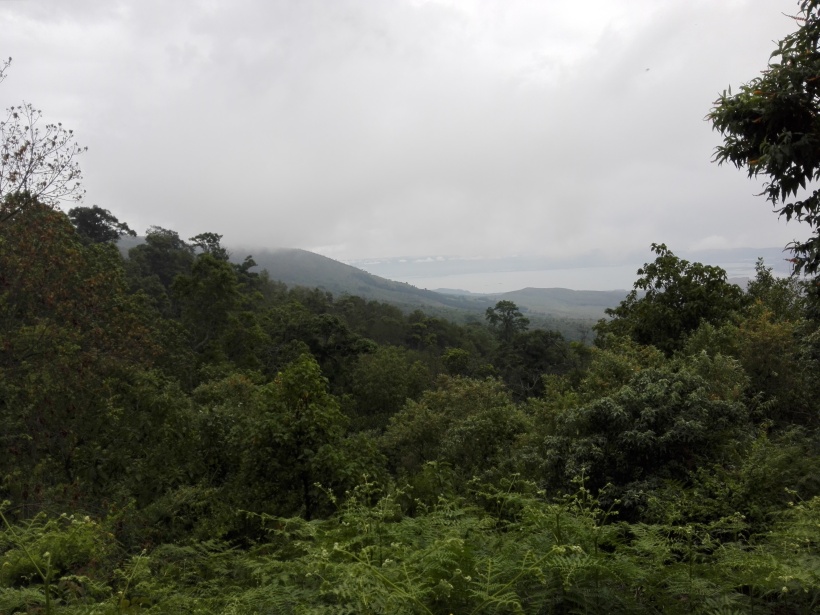
We walked and walked…and walked. Until we came to a clearing where we stopped to have our snacks. According to the guides, that would be the end of the hike since reaching Mt. Eburu summit would take around 2 hours. The descent and walk back to the gate also 2 or so hours, meaning we leave at 6 pm. How disappointing. We had our snacks while exchanging stories. A white morph African Paradise Flycatcher flew among the branches- my first time seeing one. My lunch was interrupted by a Safari ant incessantly pinching. When it became clear that it was approaching a dangerous zone, I had to find a secluded spot to remove it.
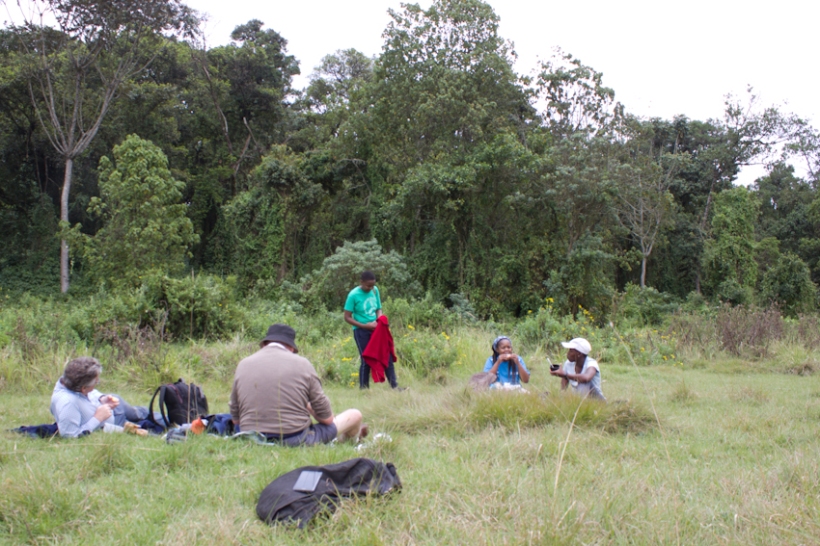
Soon we began our walk back. Unlike the morning bit, this one was challenging with steeper inclines. At some point my right thigh joint started aching. Maybe I’m just growing old since this happens whenever I’m on a tough hike. There was a very knowledgeable Maasai guide with us. He knows the forest like the back of his hand. A number if times he’s spent the night there in the company of leopards!
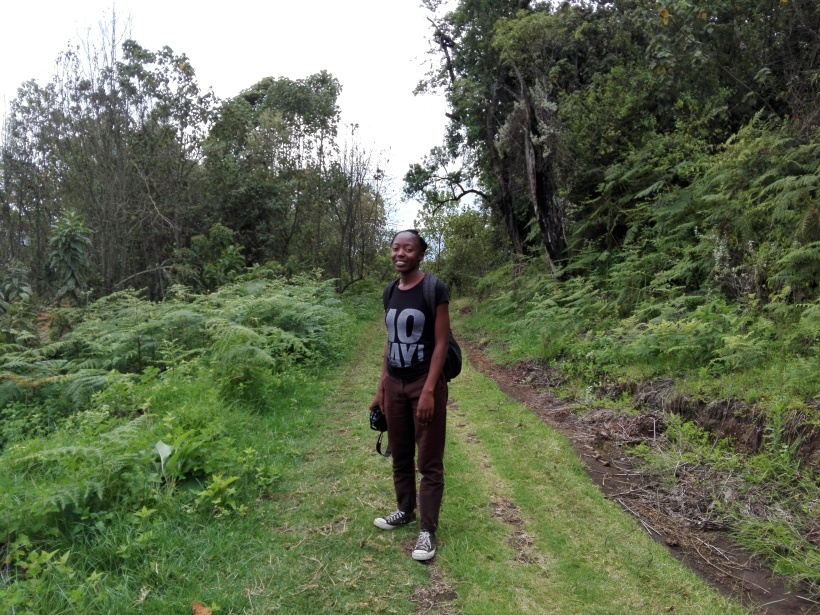
He explained to us that the colour and taste of honey depends on which flowers the bees visit. He can tell which flowers just by tasting the honey. Did you know that log- shaped hives have higher honey output than box- shaped ones? This we learnt courtesy of the guide, who knows the location of every hive in that forest- and harvests the honey himself. The honey is sold at the KFS office.
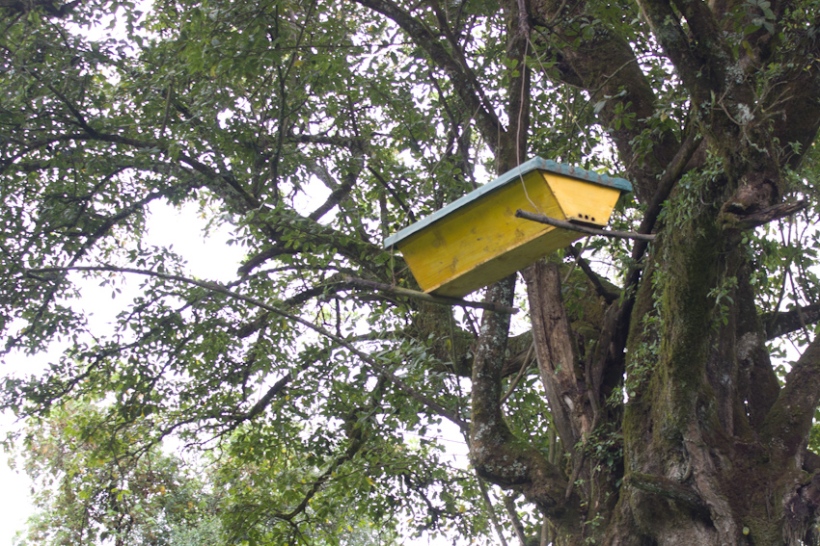
At some point there was a slight drizzle which ended as abruptly as it had started. Small troops of Colobus monkeys displayed their agility in the trees. We got to the lookout point again and this time Lake Naivasha was clearly visible, with Mt. Longonot standing guard in the background.
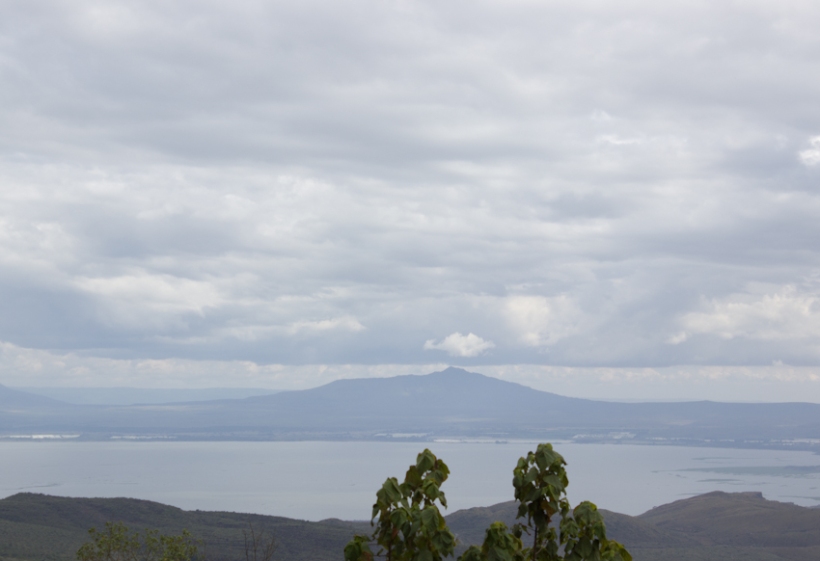
The guide asked if I would like to see the hot springs. Some people had gone during the morning walk. I only agreed when he said it wasn’t far- by this time I had a splitting headache. A minute of walking through tall grass later, we reached the springs. Fellow local tourists had thronged the place enjoying the natural sauna. Since they weren’t in a hurry I suggested we turn back. It was getting late anyway.

We continued walking and just when I thought I couldn’t take it any more, we got to the truck. I was so relieved. And my shoes were finally dry. Golden-winged Sunbirds were still busy feeding on nectar. By the way Eburu has the cheapest camping rates I’ve heard of so far. For Kenyan citizens you’ll pay the entrance fee 200/- (adults), 50/- (children) plus 2000/- per night per guard for security. How cool is that!
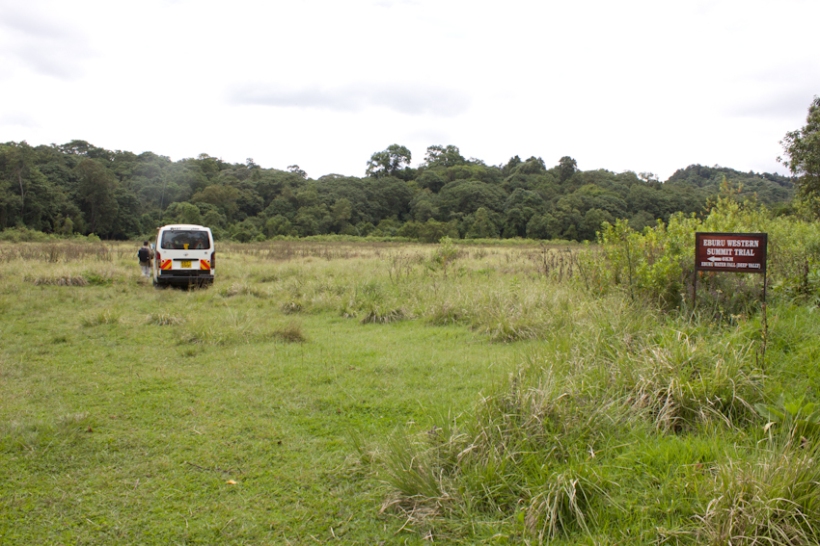
As we left the forest we could see Mt. Longonot and Lk. Naivasha on the right, Lk. Elementaita on the left and the Kinangop Highlands ahead of us. That scenery is to die for. Despite the morning drama, it turned out to be a great hike and a perfect end to my 2018 travel chronicles!





Need to visit those hot springs. I didn’t know about them.
LikeLike
You should! They’re incredible.
LikeLike
Liked your take on this trip, that rain was relentless.
LikeLike
Thanks! And yes that rain came with an agenda.
LikeLike
I’m going to hike there next month!
LikeLike
Awesome! Let me know how it goes. 🙂
LikeLike
We the summit seekers are planning a hike to this awesome place this Sunday the 30th January 2022.
LikeLiked by 1 person
All the best, Allan. Hope y’all have a great experience.
LikeLike